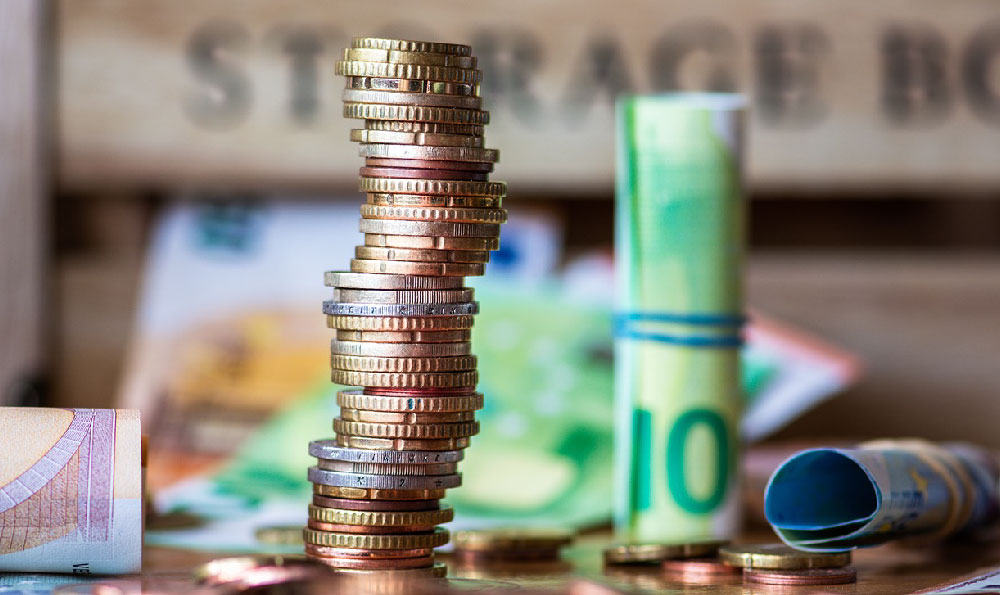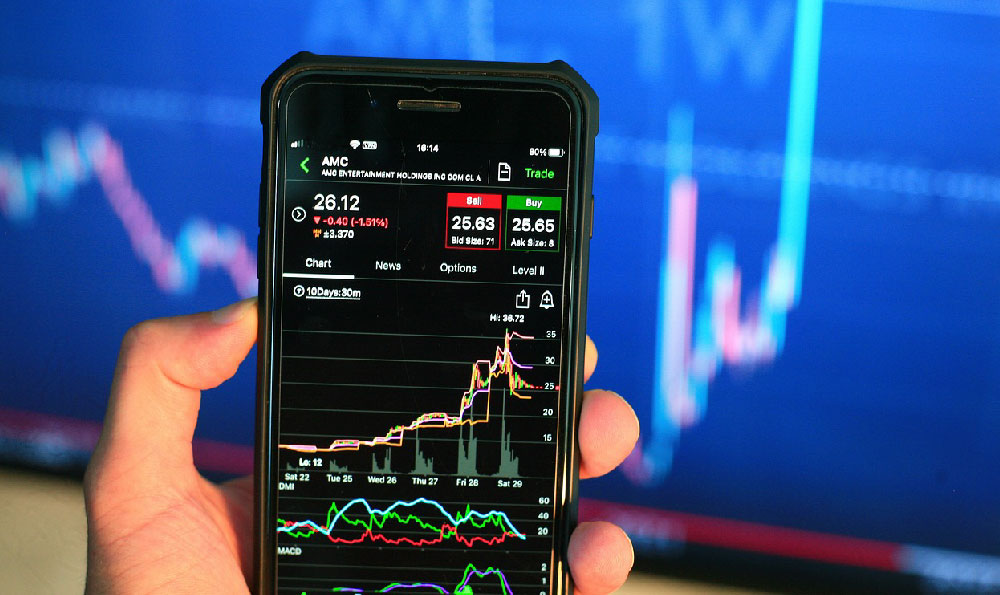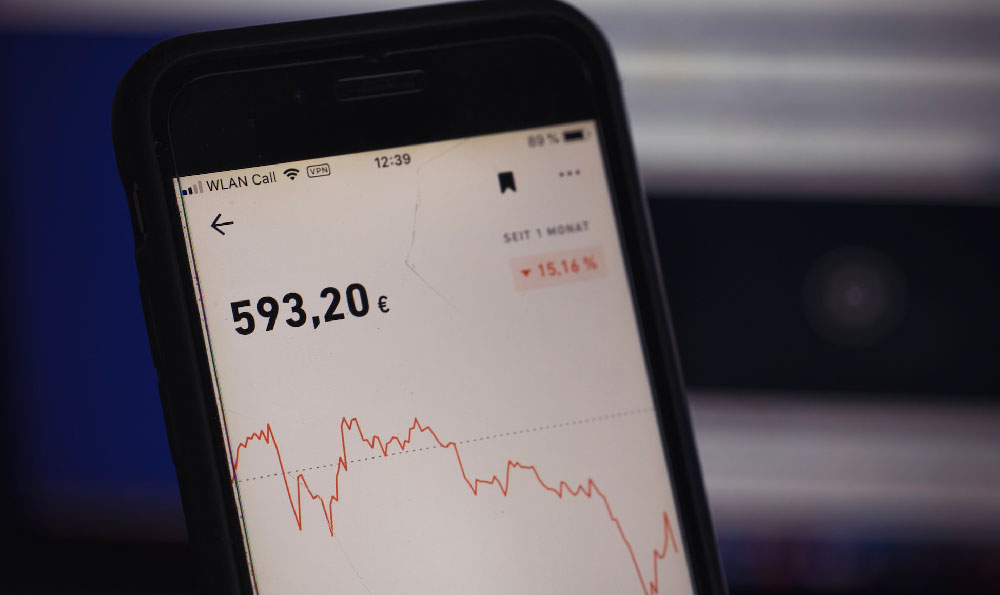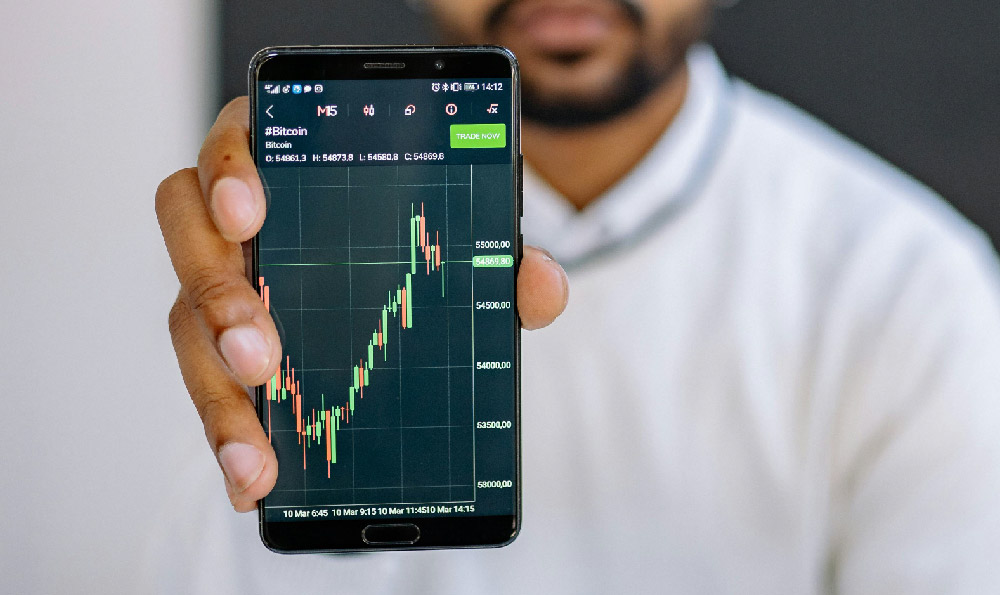
Gold. The very word evokes images of ancient empires, pirate treasures, and a timeless symbol of wealth and security. In the volatile world of modern finance, especially with the rise of cryptocurrencies, the question of gold's viability as a safe investment is more pertinent than ever. Is it a reliable anchor in turbulent seas, or simply a relic of the past fueled by nostalgic hype? The answer, as with most investment-related inquiries, is nuanced and depends heavily on individual circumstances and investment goals.
To understand gold's role in a portfolio, we must first consider its historical performance. Throughout history, gold has served as a store of value, often holding its purchasing power better than fiat currencies during periods of inflation and economic instability. This is because gold is a tangible asset with limited supply, unlike government-issued currencies which can be printed at will, potentially devaluing their worth. During times of crisis, when confidence in governments and financial institutions falters, investors often flock to gold, driving up its price. This phenomenon is often referred to as "safe-haven" demand. The 2008 financial crisis serves as a prime example, where gold prices surged as traditional markets plummeted.
However, it is crucial to acknowledge that gold is not immune to market fluctuations. Its price is influenced by a variety of factors, including interest rates, inflation expectations, geopolitical events, and supply and demand dynamics. Higher interest rates, for instance, can make gold less attractive as an investment because it doesn't offer any inherent yield like bonds or dividend-paying stocks. Conversely, rising inflation can boost gold prices as investors seek protection against the erosion of their purchasing power.

Furthermore, the rise of cryptocurrencies, particularly Bitcoin, has introduced a new dynamic into the equation. Bitcoin is often touted as "digital gold," offering similar attributes such as limited supply and decentralization. Some investors view Bitcoin as a superior alternative to gold, given its ease of transfer and potential for higher returns. This has led to debates about whether cryptocurrencies are eroding gold's traditional safe-haven status. While it's too early to definitively answer this question, it's clear that cryptocurrencies are becoming an increasingly important factor in the precious metals market.
From a technical analysis perspective, gold's price movements can be analyzed using various indicators such as moving averages, relative strength index (RSI), and Fibonacci retracements. These tools can help identify potential entry and exit points for gold investments. However, it's important to remember that technical analysis is not foolproof and should be used in conjunction with fundamental analysis to make informed investment decisions.
So, where does this leave us in determining if gold is safe or hype? Gold is, in my professional opinion, not a "get-rich-quick" scheme. It is not an investment that typically generates substantial capital appreciation in short periods. Its primary value lies in its ability to preserve capital and act as a hedge against economic uncertainty. Therefore, its role in a portfolio is more about risk management than aggressive growth.
When considering gold as an investment, several factors should be carefully evaluated:
-
Investment Horizon: Gold is generally a long-term investment. It's not suitable for those looking for quick profits.
-
Risk Tolerance: Although seen as a safe haven, gold's price can still be volatile. Assess your risk tolerance before investing.
-
Portfolio Diversification: Gold should be part of a diversified portfolio, not the sole investment. A well-balanced portfolio should include stocks, bonds, and other asset classes.
-
Storage Costs: Owning physical gold involves storage costs, whether it's a safe deposit box at a bank or a home safe. These costs should be factored into your investment decision. Alternatives like gold ETFs (Exchange Traded Funds) eliminate storage concerns.
-
Market Analysis: Stay informed about market trends, economic indicators, and geopolitical events that could impact gold prices.
Avoiding investment traps is crucial when dealing with gold. Be wary of:
-
"Too good to be true" deals: Gold scams are prevalent. Exercise extreme caution when dealing with unknown vendors offering gold at significantly below-market prices.
-
High-pressure sales tactics: Avoid being pressured into making hasty decisions. Take your time to research and consult with financial advisors.
-
Unrealistic promises: Be skeptical of individuals or companies promising guaranteed returns on gold investments. No investment is risk-free.
-
Investing everything in Gold: Diversification is important, putting all eggs in one basket is never a great idea.
In conclusion, gold is not simply hype, but a complex asset with a long history and a specific role to play in a well-diversified investment portfolio. Its effectiveness as a safe haven depends on individual circumstances, market conditions, and a realistic understanding of its potential benefits and risks. Approach gold investment with caution, due diligence, and a long-term perspective, and it can be a valuable tool for preserving wealth and managing risk. However, it is paramount to remember it isn't a path to instant riches and needs to be strategically considered within a broader investment strategy. Before making any investment decisions, consult a qualified financial advisor who can assess your specific needs and help you develop a personalized investment plan.





